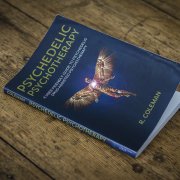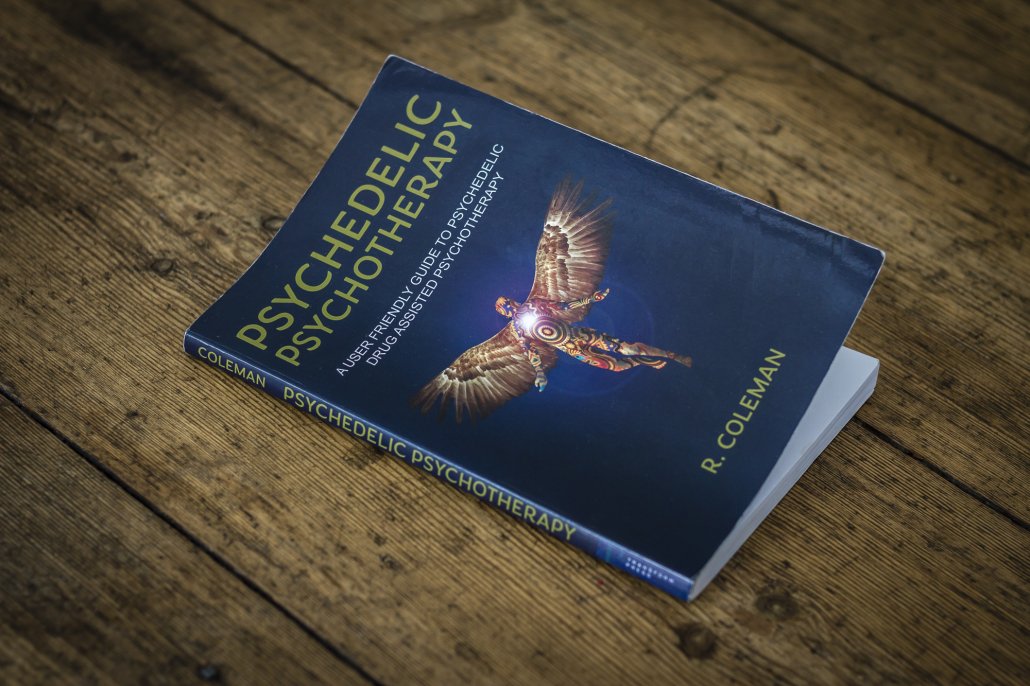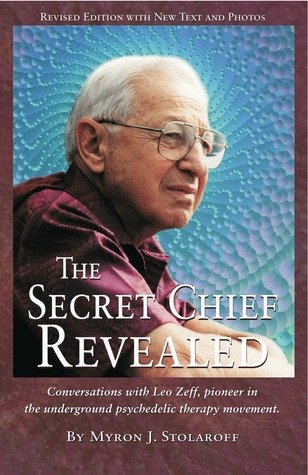As I begin to get feedback from readers about what they would like to explore next on their psychedelic journey, one thing I’ve noticed is that quite a few people want to take higher doses. People are interested in experiences of ego dissolution or oneness. I understand this perspective because it’s something I would like to explore myself more too. Something myself and my readers have in common 🙂
One of the problems with exploring high doses is that the experiences can be very intense and difficult to handle. This can make people apprehensive about doing it, especially on their own, which they might feel comfortable doing on lower doses. In this post I’d like to look at possible solutions to this problem.
Start low and go slow
One possible solution, which is a common piece of advice, is to start on low doses and slowly work your way up, increasing the dose that you take on each subsequent session.
This is a generally good tact, however, many of us don’t have the time or the inclination to be doing sessions that often to steadily work our way up. Maybe we only have the time to do a single high dose session once within the next year, and we want to be sure that one counts.
If that’s the case, and we only have one session planned, this isn’t much of a solution. In which case, there are a couple of other options.
Attend a retreat
One option is to attend a psychedelic retreat. Psychedelic retreats are typically run by experienced guides and offer a held space for people to explore higher doses and more intense experiences that they would not otherwise feel comfortable doing. I am a co-founder of one such retreat company, and I think it’s an excellent place for newcomers to have their first high dose psychedelic experience.
The context provides a structured container, a safe space and built-in preparation and integration. The level of support and information is as good as it’s going to get, and I would say it’s the best way for someone to have their first psychedelic experience; on site, with professionals. It’s also an excellent way for a beginner to learn about taking psychedelics.
For other, experienced users, it can be nice to try psychedelics in a different setting, and a group retreat context can add a different dimension to the experience for those who have mostly used psychedelics alone or with friends. Many people report that the group dimension is one of the most beneficial and healing aspects of the entire experience.
However, retreats are not always the most attractive, or especially these days, convenient option. Our retreat company has not actually been able to facilitate any retreats since the start of Corona, though we do hope to return next year. Retreats are also a more expensive option because of all the costs that go into organising and running them.
If you’ve already been on a retreat, you may want to explore psychedelic trips outside of that context, and without all the extra travel costs and logistical concerns involved. It may also be that you’ve not been on a retreat but already have some psychedelic experiences yourself and retreats don’t appeal to you right now. In this case, you may consider organising your own session.
Self-organised session
Journeying outside of a retreat setting will, likewise, be a different experience. Your own home or apartment might well be the most psychologically safe space for you, which would make it an excellent choice to go on a deep exploration. Other people may also like to explore tripping in natural environments. The most important thing when exploring high doses is to have a safe, comfortable and controlled environment, where journeyers are able to lie down.
The benefits of a sitter
If organising your own high dose session, it can be very beneficial to have a tripsitter or facilitator. Having a tripsitter can be reassuring and help ease feelings of anxiety and nervousness. Having one can help one approach the session feeling more comfortable, as they know someone will be there to watch over them and ensure their physical safety, and offer reassurance for them in any challenging moments. That kind of support can go a long way in a session. It might be as simple as a reminder that they are safe and what they are going through is a temporary experience. That though it may be challenging, it will pass.
Finding a sitter
The question is then about finding a tripsitter. With the current legal status of psychedelics, that is of course very difficult as you cannot just search people openly online and hire someone. In this case your options would be to see if there’s anyone you know who could do it. If going this route, the ideal candidate would be someone who has their own experience with plant medicines, and is generally able to hold space and has the attributes of a good sitter.
It might be a friend who already has some experience with psychedelics or a member of a local community. The most important thing is that you are able to trust them. If deciding to work with someone for the first time I would recommend that you spend at least a few hours talking with that person beforehand so you have some familiarity and basic level of relationship with them. You should feel open to sharing with them and its important for the sitter to have a non-judgemental stance. You also want to talk about more logistical things such as music, setting, and what kind of role the tripsitter will have. You might also want to come to some agreements, which can also be not as ground rules, for the session.
Exploring options
If a high dose experience is something you know that you would like to explore but are currently unable to, ask yourself what would it take for you to be able to do that. What would you need to do to accommodate that?
This might mean opening up to someone close to you about your intention, with an honest request for help in your endeavor. You needn’t necessarily ask someone to sit you as a favor, as that would be quite a big favor to ask. You might ask if they would consider it, and explain that you could do something for them in return. You could explain that it’s something you would really like to do and that you’d really appreciate it if they would consider doing that for you.
Do you know anyone who might be a possible person that you could talk to? What might you be able to do for them that would make it a win-win deal? You might even ask your friend that very question. Of course you can explain that there is no pressure and that you are just exploring your options, and if it doesn’t work out then no worries.
Physical safety
Unless you are using mushrooms, or have tested your substance, I would caution against going for high doses, just for the fact that you don’t know exactly what you are taking. Pure LSD is non toxic, meaning that you can’t physically overdose, but unless you have drug tested it, you can’t be sure. The same is true of ketamine and 2cb. If wanting to go for higher doses with them the only reasonable thing to do would be to make sure it is tested well for purity.
Ideally, you’d grow your own mushrooms, then you can be sure of their source. Then on higher doses, even if you think you’re dissolving or dying (a not uncommon experience), you can be reassured that you are not, and can go ahead and allow yourself to dissolve and surrender into that experience of (ego) death.
Private session in the Netherlands
If lack of a reliable source is a problem, an option that you might consider is traveling to the Netherlands. Psilocybin truffles are legal there, and easily bought in shops. If you take care of most of the logistics such as accommodation and food, you could hire a tripsitter privately. If traveling there for this kind of experience, you might decide to go for two sessions in a row stepping up your dose, going from a low dose on the first day to familiarize yourself with effects, and stepping up to a high dose on the second day. Personally I think this is a pretty solid approach for someone who doesn’t have any psychedelic experience but would like to try a high dose.
Final thoughts
Last year I had one of my highest doses with psilocybin truffles. It was an incredible experience, and I was fortunate to be able to have a friend tripsit for me. I’m grateful that I was able to have that experience, but it’s not always so easy. I would like to have another high-dose experience but to be honest tripsitters are not so easy to come by and it’s not always that easy to just ask a friend to take out the whole day to look after you.
Until we have decriminalization or legalization, organising high dose sessions will continue to be a problem. If you have any solutions or things that you have found to help with this issue, I would love to hear from you. And otherwise I wish you best of luck, safe and wondrous journeys.









